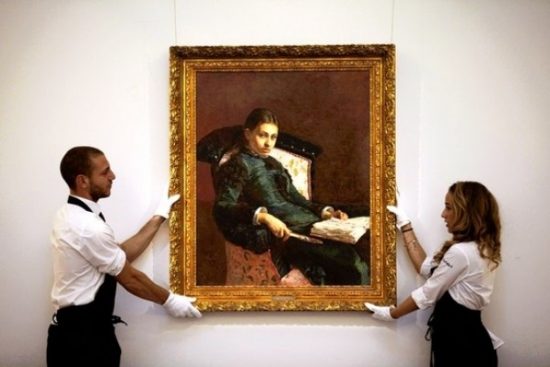You did it. You visited galleries, combed catalogues, searched the web, and purchased that ceramic by Léger or Picasso that you’ve been dreaming of for months now. Having discarded the bubble wrap and displayed the piece, you might feel your work is done. However, caring for your ceramic works is an ongoing process.
To begin with, be sure to place your ceramic out of direct sunlight in a location where it won’t get knocked over. When handling these artworks, wash your hands and wear latex gloves, a material that prevents the piece slipping from your grasp. Your bare hands contain oils and moisture that can stain the clay, affecting image and value. Ideally, you should display the work in a dust-tight case to avoid particles settling on its textured surface, which is difficult to clean and easily scratched.
If you have to, use a can of compressed air (what’s known as an air duster) to dust terra-cotta, raku, bisque, and other unglazed, soft ceramics. With glazed artworks, the use of a soft brush is preferable to that of a cloth, which can leave behind hard-to-remove fibers. If a piece has a coarse surface or fragile decoration prone to flaking, avoid using a brush or cloth to dust the surface.
Fragile or unstable ceramics sometimes exhibit “crazed” glazes, which manifests as a series of fine surface cracks. In some cases considered a flaw, the effect can also be intentional. Crackle glazes are, in effect, a controlled form of crazing. Multiple causes exist: the clay, especially when porous or unglazed in certain areas, can absorb moisture and expand after firing; significant, rapid temperature changes can throw the work into thermal shock; or the glaze can simply be too small for the pottery. Imagine a person in a too-small, fine-knit sweater whose skin shows through the strained weave.
Crazing, glazing, cracking, and crizzling.
Crizzling? Why, it’s the crazing equivalent for stained glass and antique art glass, of course. This same network of thin surface cracks renders glass works cloudy, dull or opaque. An instable or deficient chemical makeup, linked to the use of too much alkali, or not enough lime, in the manufacturing process, is to blame. Over time, salt leaches away from the glass, setting off chemical reactions that weaken the object. Sadly, sisseling or crackling or crisseling - however you want to call it – is damage that can’t be undone.
At least correct handling of your ceramic masterpiece will maintain its condition, and prevent future deterioration.


